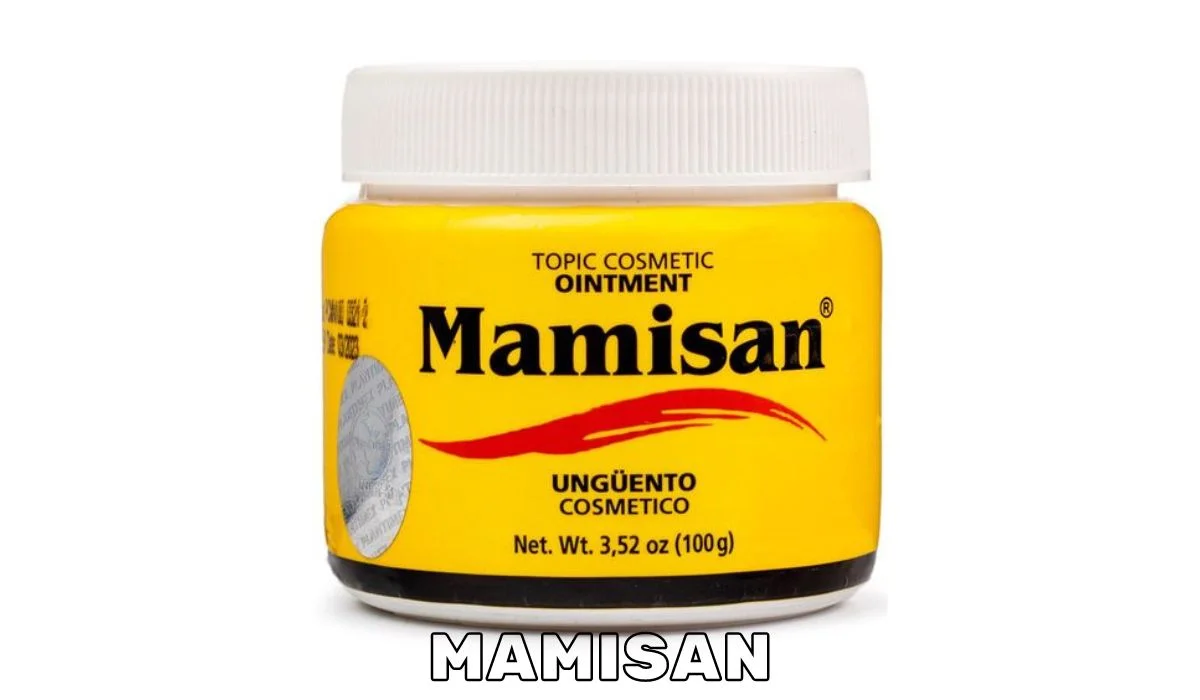Almond skin tone has gained recognition as a beautiful and versatile hue, encompassing a range of shades from rich tans to deep browns. This skin tone is most commonly found among individuals of African, Asian, and Hispanic descent, celebrating a diverse palette that reflects cultural heritage and personal identity. In this article, we will delve into the characteristics of almond skin tone, tips for skincare and makeup, and fashion choices that enhance its natural beauty.
Understanding Almond Skin Tone
1.1 Characteristics of Almond Skin Tone
Almond skin tone is often described as having warm, golden undertones with varying shades of brown. This skin tone can range from light tan to deep chocolate, often exhibiting a beautiful glow. The versatility of almond skin allows it to harmonize well with a wide array of colors, making it a favorite among fashion and beauty enthusiasts.
1.2 How Almond Skin Tone Differs from Other Skin Tones
While almond skin tone shares similarities with other brown skin tones, it is distinct in its warm undertones. In contrast, some skin tones may lean towards cooler or ashier shades. Understanding these differences can help individuals choose the right products and colors that enhance their natural beauty.
Identifying Your Almond Skin Tone
2.1 Undertones: Warm, Cool, and Neutral
To truly appreciate almond skin tone, it’s essential to understand undertones. There are three primary undertones:
- Warm: Often characterized by golden or peachy hues.
- Cool: Exhibits pink, red, or blue undertones.
- Neutral: A balance of warm and cool tones.
Identifying your undertone will guide you in selecting the most flattering makeup and clothing.
2.2 How to Determine Your Undertone
There are several methods to determine your undertone:
- Vein Test: Look at the veins on your wrist. If they appear green, you likely have warm undertones. If they look blue or purple, you probably have cool undertones. If it’s hard to tell, you might have a neutral undertone.
- Jewelry Test: Hold gold and silver jewelry against your skin. If gold complements you better, you have warm undertones. If silver looks better, you likely have cool undertones.
- White Paper Test: Place a piece of white paper next to your face. If your skin looks yellowish, you have warm undertones. If it appears pink or rosy, you have cool undertones.
Skincare Tips for Almond Skin Tone
3.1 Cleansing and Moisturizing
Proper skincare is crucial for maintaining the health and vibrancy of almond skin tone. A gentle cleanser suitable for your skin type will help remove impurities without stripping your skin of its natural oils. Follow this with a nourishing moisturizer that provides hydration, especially if you have dry or combination skin.
Related: Senisieta : Transform Your Skin Naturally
3.2 Sun Protection
Sun protection is vital, regardless of skin tone. Almond skin tone may tan beautifully, but it can also be susceptible to sun damage. Use a broad-spectrum sunscreen with at least SPF 30 daily to shield your skin from harmful UV rays and prevent premature aging.
3.3 Addressing Specific Skin Concerns
Individuals with almond skin tone may face unique skin concerns, such as hyperpigmentation or uneven skin tone. Incorporating products with ingredients like vitamin C, niacinamide, or glycolic acid can help address these issues. Regular exfoliation can also promote a brighter and more even complexion.
Makeup Tips for Almond Skin Tone
4.1 Foundation Selection
Finding the right foundation is key for it. Look for formulations that match your undertone. Brands often categorize their foundations by undertone—warm, cool, or neutral. For warm almond skin, opt for shades with golden or honey tones, while cool undertones may require shades with rosy or beige bases.
4.2 Color Choices for Eyes and Lips
It can beautifully showcase a variety of eye and lip colors. Earthy tones like warm browns, deep greens, and golds work well for eyes. For lips, consider rich berries, warm reds, or nude shades that complement your overall look. Don’t be afraid to experiment with bold colors that resonate with your personality!
4.3 Highlighting and Contouring Techniques
Highlighting and contouring can enhance the natural beauty of it. Use a highlighter with golden undertones to bring out your cheekbones and brow bones. For contouring, opt for matte bronzers that are a few shades darker than your foundation, focusing on the hollows of your cheeks and along the jawline for a sculpted look.
Fashion Choices for Almond Skin Tone
5.1 Colors That Complement Almond Skin
When it comes to fashion, certain colors enhance it beautifully. Warm colors like peach, coral, olive green, and mustard yellow can bring out the warmth in your skin. Jewel tones, such as emerald green, sapphire blue, and deep purple, also look stunning against almond skin.
5.2 Fabrics and Textures
Choosing the right fabrics can elevate your fashion game. Lightweight materials like cotton and linen keep you cool and comfortable, while silk and satin add elegance to formal attire. Don’t shy away from textures; lace, embroidery, and ruffles can provide visual interest and sophistication.
5.3 Accessorizing for Maximum Impact
Accessories can make or break an outfit. Opt for jewelry that complements your skin tone—gold and warm-toned metals often shine beautifully against almond skin. Scarves, handbags, and shoes in complementary colors can pull your entire look together while showcasing your personal style.
Cultural Significance of Almond Skin Tone
Almond skin tone is not only a beautiful physical characteristic but also carries cultural significance. Many communities celebrate their diverse skin tones through art, fashion, and traditional practices. By embracing it, individuals can connect with their cultural heritage and express their identity with pride. This celebration of diversity fosters inclusivity and empowers individuals to appreciate their unique beauty.
Conclusion
Almond skin tone represents a stunning and diverse range of shades that reflect cultural heritage and personal identity. Understanding the nuances of this skin tone, from identifying undertones to selecting the right skincare and makeup products, empowers individuals to embrace their natural beauty confidently.
By choosing colors and styles that complement almond skin, individuals can showcase their unique beauty in fashion and everyday life. Ultimately, it is more than just a complexion—it’s a celebration of diversity and individuality.
FAQs
1. What skin tones are considered almond?
Almond skin tones typically range from light tan to deep brown, often characterized by warm golden undertones.
2. How can I determine my undertone?
You can determine your undertone using tests like the vein test, jewelry test, or white paper test.
3. What colors look best on almond skin?
Warm colors like peach, coral, and olive green, as well as jewel tones like emerald and sapphire, complement almond skin beautifully.
4. How can I take care of almond skin?
To care for almond skin, use a gentle cleanser, moisturize regularly, and apply sunscreen daily. Address specific skin concerns with targeted treatments.
5. What makeup shades work well for almond skin tone?
Foundation shades with warm or honey undertones work well for almond skin. For eyes, earthy tones and golds are great, while lips can be highlighted with rich berries or warm reds.




